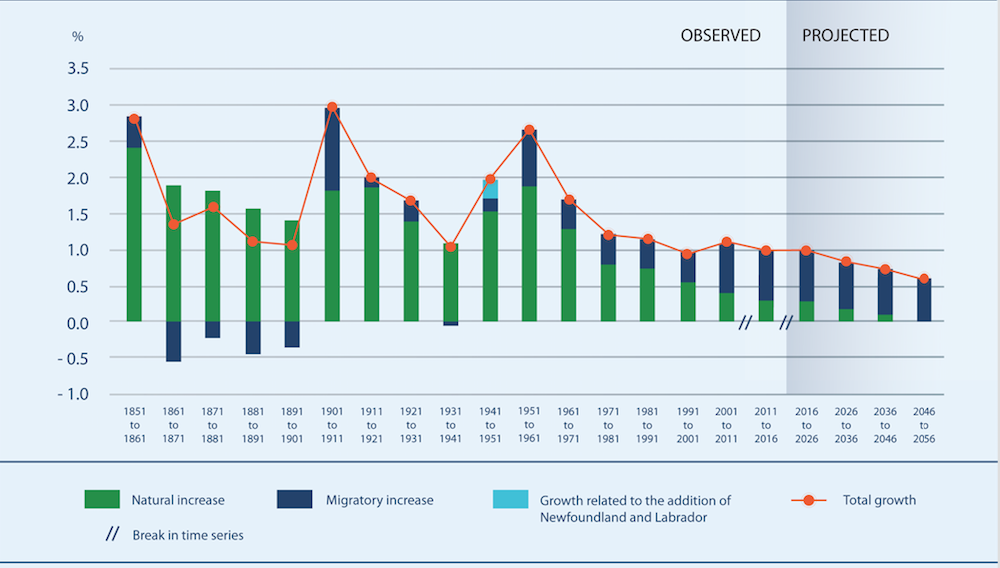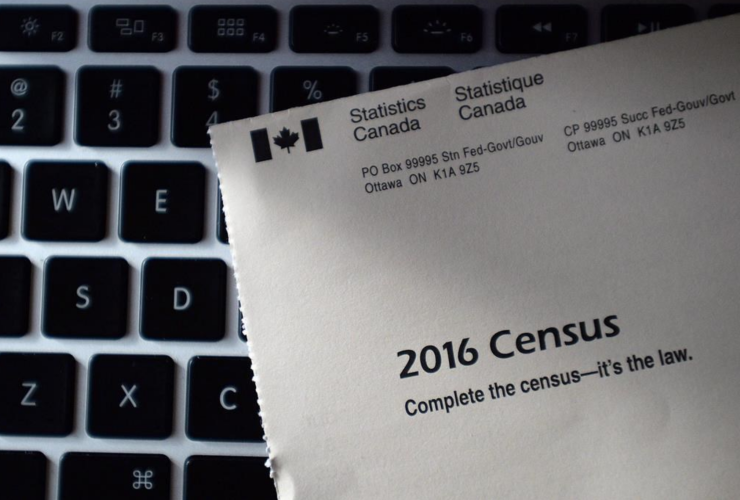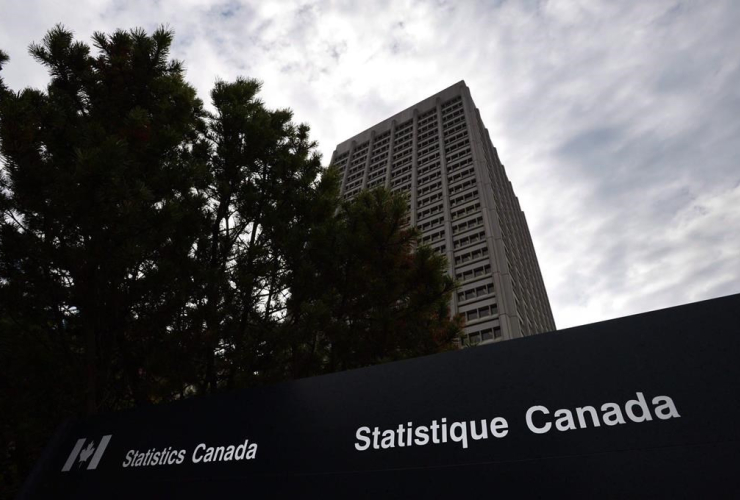Despite record unemployment numbers in 2016 and an oil market crash that put tens of thousands out of work, Alberta continued to lead the country's provincial growth rate as Canada's population passed 35 million for the first time ever, new census numbers have revealed.
The population and dwelling counts from the 2016 census, released Wednesday morning by Statistics Canada, show that the Prairie province grew 11.6 per cent between 2011 and 2016, bringing its total number of residents to more than 4 million people.
Overall, Canada's population increased by 1.7 million between 2011 and 2016, or five per cent.
Alberta's growth rate was more than double the national average, and its major cities — Calgary and Edmonton — led growth among census metropolitan areas, with population increases of 14.6 per cent and 13.9 per cent respectively.
The province’s soaring rates were surpassed only by Nunavut, whose growth Statistics Canada attributed to having the highest fertility levels in Canada.
“Alberta is kind of unique among the West,” said Karen Mihorean, director general of StatCan’s education, labour, and income statistics branch. “In Alberta, it’s actually a combination of three factors — high immigration between intercensal periods as well as high interprovincial migration… and there’s also a natural increase.”
The population and dwelling counts are the first part of the census to be released by the federal statistical agency. It said that Canada's total population at the time of the 2016 census was 35,151,728 people — more than 10 times greater than in 1871, when the first post-Confederation census recorded 3.5 million people in Canada.
An upward trend of immigration
At the national level, migratory increase — which factors in both emigration and immigration — drove Canada's population growth more than natural increase, or the number of births within the country balanced with the number of deaths. Immigration has been leading national growth over domestic birth rates since 2001, and Statistics Canada projects that the trend will continue into 2056.
In 2056, it projects that migratory increase may be Canada's only significant source of population growth. Mihorean said this is because Canada has "an aging population with lower fertility rates," but encouraged Canadians to wait for the release of the age, sex, and type of dwelling census results in May to find out more.
"This is a trend that started in the late 1990s where we see that immigration is really what is fueling our population growth in Canada," she told National Observer. "The census is a snapshot of the profile of Statistics Canada over time, and with each census, we monitor how that portrait is changing."
According to the results released Wednesday, roughly a third of Canadians now live in the West, unlike Canada's early days, when the vast majority of residents lived in the founding provinces of Ontario, Quebec, New Brunswick and Nova Scotia. Despite that growth however, more than 60 per cent of the country's population however, still resides in Quebec and Ontario.

Slow growth on the East Coast
Meantime, the census also revealed that Canada's Atlantic provinces are continuing to lose their clout in the federation due to slow growth. In 2016, 6.6 per cent of Canadians lived in Atlantic Canada, compared with 10 per cent in 1966.
New Brunswick was the only province or territory in the country whose population shrank between 2011 and 2016, dropping 0.5 per cent to an estimated 747,101 people. Prince Edward Island, Nova Scotia, and Newfoundland and Labrador each had a growth rate between 0.2 and 1.9 per cent.
According to the census, the drop in numbers is the result of the same factors that drove Alberta's growth, only heading in the opposite direction — Atlantic Canada had low interprovincial migration between 2011 and 2016, lower immigration levels, and in the case of Newfoundland and Labrador, more deaths than births for a number of years during that timeframe.
Other statistics of note from Wednesday's release include Toronto's population reaching nearly 6 million people, and more than a third of Canadians in total living in Toronto, Montreal, and Vancouver. Montreal surpassed more than 4 million inhabitants for the first time in census history, and its population is now more than all of Alberta, or more than all of the territories, Atlantic provinces, and Manitoba combined.
Canada holds record for online census completion
Statistics Canada also boasted on Wednesday that, as of 2016, it holds the world record for online participation in a census. Nine out of 10 Canadians didn't require the services of an enumerator to help complete the survey, said Mihorean, who estimated that the cost savings from online participation last year amounted to between $35 million and $45 million.
More than 97 per cent of eligible Canadians responded to the census.
"We've called it the best census ever," said Mihorean. "Canadians responded very enthusiastically... I know there will be countries out there vying for our spot for response rates online. It really does help the quality of the data."
Information from the census will be used to help federal, provincial and municipal governments make everyday decisions that affect their constituents, from where to build their schools and hospitals, to what language they should offer services in. Business owners, Mihorean added, frequently take advantage of the statistics as well.
Census results on age, sex and type of dwelling will be released in May this year, while families, households, marital status and language will follow in August. Income statistics will come in September, and immigration, housing, aboriginal peoples, and ethnocultural diversity will be released in October. Education, labour, workplace, mobility, and migration numbers will be released in November.
Editor's Note: This story has been corrected from a previous version that said Alberta's growth rate powered Canada's population past the 35-million mark. Ontario's growth rate, despite being much lower than Alberta's by percentage, still included a much larger number of people.
Canada- and the world - needs
Canada- and the world - needs fewer people. We are already past the capacity of the earth to sustain us. https://www.biv.com/article/2017/2/world-needs-fewer-people-our-economy-...






Comments